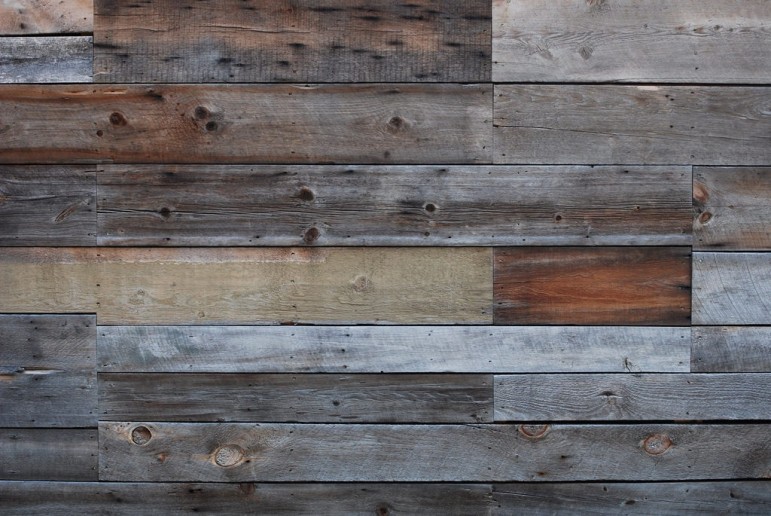
September 8, 2015; Hyperallergic
Recently, the farming town of Port Austin, Michigan, was put on the map as a cultural destination. Typically known for its rural, agricultural roots, art is now transforming this town and highlighting some of that history.
An arts-focused project is now underway to transform old, dilapidated barns into art and artistic statements. Local artists from Detroit, including Jim Boyle and Scott Hocking, are taking these unused buildings and repurposing them as art sculptures and monuments. According to Hyperallergic, “As with all his work, Hocking draws from the available materials—in this case, the barns in various states of use and decay that Boyle is seeking to inject with renewed purpose in the face of the waning family farming industry that has supported the Port Austin area for decades. From what I understood, Hocking was in the process of rebuilding a barn into a boat.”
Sign up for our free newsletters
Subscribe to NPQ's newsletters to have our top stories delivered directly to your inbox.
By signing up, you agree to our privacy policy and terms of use, and to receive messages from NPQ and our partners.
“Art barns” is a new phrase in this community, and one that will draw on both local residents and interested parties from other areas of Michigan and beyond. Could this be a new trend and a new economic driver for the town that spurs both economic development and tourism dollars? This has the potential for history and art to come together to revitalize a region and continue its legacy.
This isn’t a new concept, after all. Across the United States, agriculture and farming are central to the way of life of many communities. They carry with them their own rich cultures and traditions, and should be embraced for such. Appreciation for art like this is demonstrated through development and funding opportunities from the U.S. Department of Agriculture, which encourages rural communities to integrate public art.
Many communities in the United States have unique attributes that contribute to the notion of the American “melting pot.” For example, New York City, due to its distinctly urban character, has an extensive public transportation system. How was this specific identity embraced? By placing public art at the train stations. Public art is a way to highlight and transcend a community’s history and future moving forward.
Art isn’t just something we do in our spare time because it is fun or a luxury. Art is an economic driver, a place maker, an identity transformer, and a way of life. Using art to transform and highlight the history of a place does more than make us feel good; it encapsulates the past and packages it for the future to ensure its sustainability and success.—Jennifer Swan













